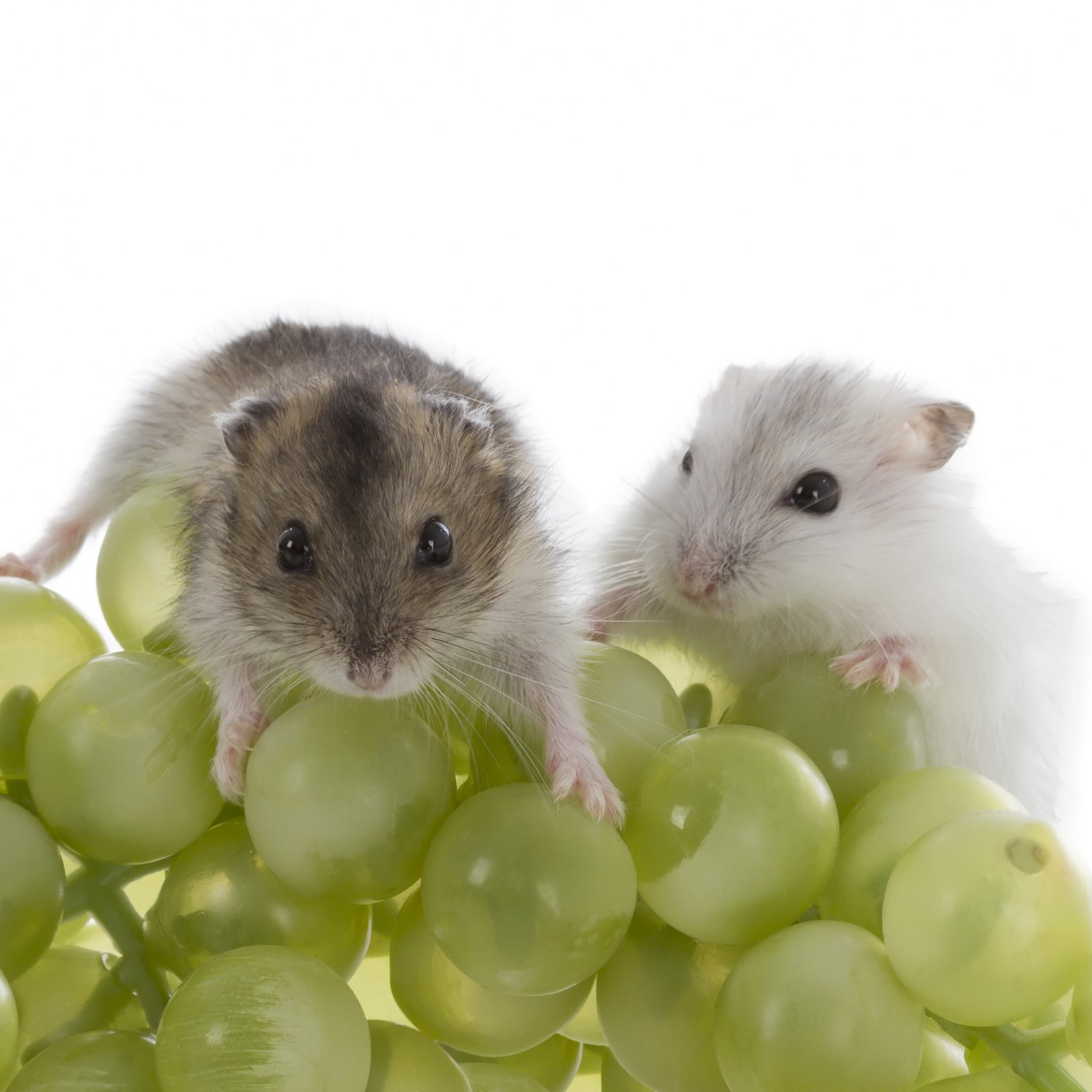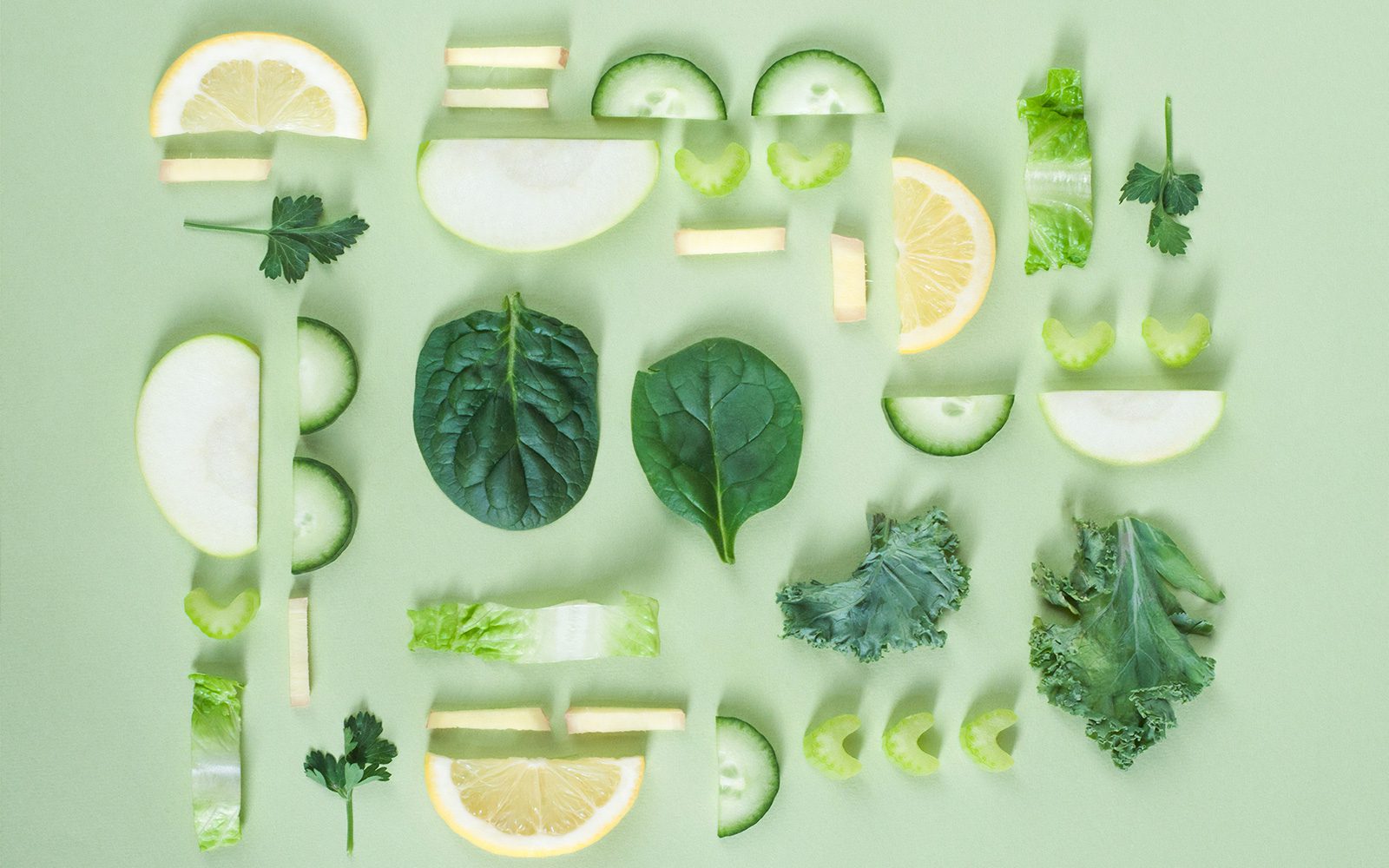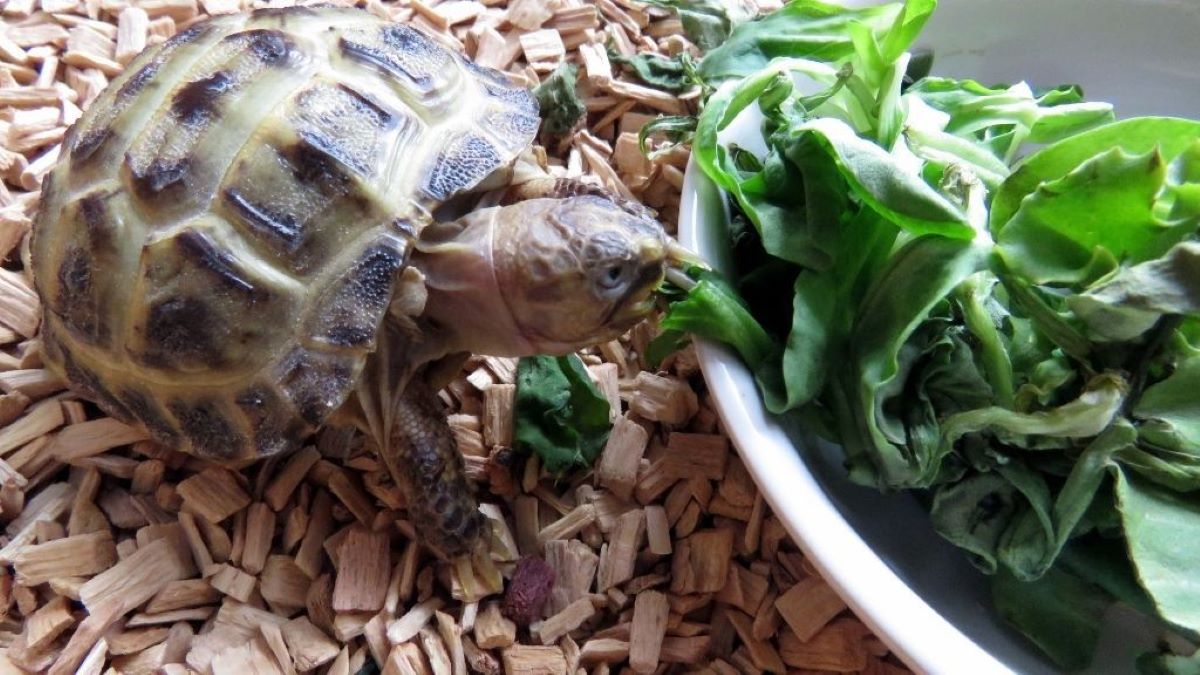Home>Types of Gardening>Edible Gardening>How Soon Can You Eat Vegetables After Fertilizing


Edible Gardening
How Soon Can You Eat Vegetables After Fertilizing
Modified: February 9, 2024
Discover when it's safe to consume vegetables after fertilizing your edible garden. Get expert advice and tips for successful edible gardening.
(Many of the links in this article redirect to a specific reviewed product. Your purchase of these products through affiliate links helps to generate commission for Chicagolandgardening.com, at no extra cost. Learn more)
Table of Contents
- Introduction
- Understanding the Basics of Fertilizing
- Factors Affecting Absorption of Fertilizer by Vegetables
- Precautions to Take After Fertilizing
- Recommended Waiting Periods Before Consuming Vegetables
- Signs of Over-Fertilization and Their Effects on Consumption
- Best Practices for Fertilizing and Eating Vegetables
Introduction
Welcome to the wonderful world of edible gardening! If you’re a fan of fresh, homegrown vegetables, then you’ve come to the right place. Edible gardening is not only a rewarding hobby but can also provide you with a bountiful harvest of nutritious produce.
While growing your own vegetables comes with its share of challenges, one important aspect to consider is fertilizer application. Fertilizing your plants is vital for their growth and overall health. However, it’s essential to understand how fertilizing affects the produce that you consume.
In this article, we’ll explore the topic of how soon you can eat vegetables after fertilizing. We’ll delve into the basics of fertilizing, factors that affect fertilizer absorption, precautions to take after fertilizing, and recommended waiting periods before consuming vegetables. Additionally, we’ll discuss the signs of over-fertilization and its effects on consumption. Finally, we’ll provide you with some best practices to follow when fertilizing and eating vegetables.
So, whether you’re a seasoned gardener or just starting out, read on to gain valuable insights into the fascinating world of edible gardening and the intricacies of fertilizing for a healthier and more delicious harvest.
Understanding the Basics of Fertilizing
Fertilizing is the process of providing essential nutrients to plants to promote their growth, productivity, and overall health. These nutrients, commonly referred to as macronutrients and micronutrients, are crucial for the optimal development of vegetables.
Macronutrients, such as nitrogen, phosphorus, and potassium, are required by plants in larger quantities. Nitrogen aids in leaf and stem growth, phosphorus supports root development and flowering, and potassium contributes to overall plant vigor. Micronutrients, including iron, zinc, and manganese, are needed in smaller amounts but are equally important for proper plant functioning.
When choosing a fertilizer, it’s important to consider the specific needs of your vegetables. Different plants have varying nutrient requirements, and a soil test can help determine the deficiencies and imbalances present in your garden soil. This information will guide you in selecting the appropriate fertilizer formulation to address these deficiencies.
There are different types of fertilizers available, including organic and synthetic options. Organic fertilizers, such as compost and manure, are derived from natural sources and slowly release nutrients over time. Synthetic fertilizers, on the other hand, are chemically formulated and provide an immediate nutrient boost to plants.
The method of application also varies depending on the type of fertilizer. Granular fertilizers are spread over the soil surface and slowly release nutrients as they dissolve. Liquid fertilizers are dissolved in water and applied directly to the plants through watering or foliar spraying. Both methods have their advantages, and it’s important to follow the instructions provided by the manufacturer for proper application.
It’s worth noting that over-application of fertilizers can harm your plants and have negative environmental impacts. Always follow the recommended dosage and avoid excess use, as this can lead to nutrient imbalances or even burn the plant roots.
By understanding the basics of fertilizing, you’ll be better equipped to provide your vegetables with the necessary nutrients for healthy growth and delicious harvests. So, let’s dive deeper into the factors that affect the absorption of fertilizers by vegetables.
Factors Affecting Absorption of Fertilizer by Vegetables
The process of fertilizer absorption by vegetables is influenced by several factors, each playing a crucial role in determining how efficiently plants utilize the nutrients provided. Understanding these factors will help you optimize fertilizer application for maximum benefit to your vegetable garden.
Soil pH: The pH level of the soil plays a significant role in nutrient availability. Different vegetables have specific pH requirements for optimal nutrient uptake. For example, acidic-loving plants like blueberries prefer a lower pH, while alkaline-loving plants like asparagus thrive in higher pH levels. Monitoring and adjusting the soil pH accordingly can enhance nutrient absorption.
Soil Moisture: Adequate soil moisture is essential for the transportation of nutrients from the soil to the plant roots. If the soil is too dry, nutrients may become less accessible to the plants. On the other hand, excessive moisture can lead to nutrient leaching. Maintaining a balanced soil moisture level is key for efficient nutrient absorption.
Temperature: Temperature affects the rate of chemical reactions within the soil, including nutrient availability. Warmer temperatures generally enhance nutrient uptake, while colder temperatures may slow it down. It’s important to consider the climate and growing season of your region to ensure proper timing of fertilizer application.
Plant Growth Stage: The nutrient requirements of vegetables vary throughout their growth stages. During the vegetative stage, plants require higher levels of nitrogen for leaf and stem growth. As they transition to the flowering and fruiting stage, the demand for phosphorus and potassium increases to promote flower and fruit development. Understanding the specific nutrient needs during each growth stage will help you tailor your fertilizer application accordingly.
Fertilizer Formulation: Different fertilizer formulations contain varying ratios of macronutrients. For example, a fertilizer with a high nitrogen content is suitable for leafy vegetables, while a formulation higher in phosphorus and potassium is ideal for promoting fruiting. Choosing the right fertilizer formulation based on your vegetable’s nutrient requirements is crucial for effective absorption.
Competition from Weeds: Weeds compete with vegetables for both nutrients and sunlight. It’s important to control weeds in your garden to minimize nutrient competition. Regular weeding and mulching can help reduce weed growth and allow your vegetables to absorb nutrients more efficiently.
By considering these factors and making necessary adjustments, you can optimize the absorption of fertilizer by your vegetables. This will result in healthier plants, improved yields, and ultimately, more delicious and nutritious produce for your table.
Precautions to Take After Fertilizing
After applying fertilizer to your vegetable garden, there are several precautions you should take to ensure the safety of both yourself and your vegetables.
Wear Protective Gear: When handling fertilizers, it’s important to wear appropriate protective gear, such as gloves and goggles. Fertilizers can contain chemical compounds that may irritate the skin and eyes, so it’s crucial to protect yourself from any potential harm.
Keep Children and Pets Away: Fertilizers are not intended for consumption and can be harmful if ingested. To prevent accidental ingestion or exposure, keep children and pets away from freshly fertilized areas. Ensure that you store fertilizers in a safe and secure location out of reach of curious hands and paws.
Water Adequately: Proper watering after fertilizing is essential to help activate the nutrients and move them into the soil, making them more accessible to the plants. However, be mindful not to overwater, as excessive irrigation can lead to nutrient leaching and runoff, wasting both water and fertilizer.
Follow Application Guidelines: Different fertilizers have specific application guidelines provided by the manufacturer. It’s important to carefully read and follow these instructions to ensure you apply the correct amount and in the correct manner. Over-application can lead to nutrient imbalances and harm your plants, while under-application may result in nutrient deficiencies.
Clean Up Spills: Accidental spills of fertilizers can occur during application. It’s important to clean up any spills promptly to prevent them from leaching into nearby water sources or being tracked indoors. Use a broom or shovel to collect the spilled fertilizer and dispose of it properly according to local regulations.
Properly Dispose of Packaging: After fertilizing, it’s important to dispose of the fertilizer packaging properly. Many local recycling programs accept plastic and paper packaging, but it’s always best to check with your local municipality for guidelines on proper disposal of fertilizer containers.
By taking these precautions, you can ensure the safe and effective use of fertilizers in your vegetable garden. Prioritizing safety not only protects you and your loved ones but also promotes a healthy environment for your plants to thrive and produce abundant, nutritious harvests.
Recommended Waiting Periods Before Consuming Vegetables
After fertilizing your vegetable garden, it’s important to allow a sufficient waiting period before consuming the harvested produce. This waiting period ensures that any residues of the applied fertilizer have been properly absorbed or broken down in the soil, reducing the risk of consuming potentially harmful substances.
The recommended waiting period varies depending on the type of fertilizer used. Here are some general guidelines to follow:
- Organic Fertilizers: Organic fertilizers, such as compost or manure, are derived from natural sources and typically have a lower risk of chemical residues. However, it is still advisable to wait at least 120 days between the last application of organic fertilizer and harvesting root crops like carrots or potatoes to minimize the risk of bacterial contamination.
- Synthetic Fertilizers: Synthetic fertilizers, which are chemically formulated, may contain higher levels of nutrients and chemical additives. As a general rule, it’s recommended to wait 30 to 60 days after applying synthetic fertilizer before harvesting leafy vegetables and herbs.
It’s important to note that these waiting periods are general guidelines, and it’s always best to consult the specific instructions provided by the manufacturer of the fertilizer you’re using. Additionally, factors such as weather conditions, soil type, and the health of your plants can also affect the waiting period.
During the waiting period, it’s essential to monitor your vegetables for any signs of nutrient deficiencies or irregular growth. If you notice any abnormalities, it may indicate that plants have not absorbed or utilized the fertilizer properly. In such cases, it’s advisable to extend the waiting period before consuming the vegetables.
While waiting for the recommended period, continue to care for your plants by providing adequate water, sunlight, and pest control measures. This will help promote their overall health and ensure that they have the best chance of absorbing and utilizing the applied fertilizer effectively.
By following these recommended waiting periods, you can enjoy the satisfaction of knowing that your homegrown vegetables are not only delicious but also safe for consumption.
Signs of Over-Fertilization and Their Effects on Consumption
Fertilizing your vegetable garden is essential for optimal plant growth and productivity. However, over-fertilization can have negative effects on both your plants and the safety of consuming the harvested vegetables. It’s important to recognize the signs of over-fertilization and understand how it can impact the quality of your produce.
Here are some common signs of over-fertilization:
- Leaf Burn: Excessive fertilizer can cause leaf burn, resulting in brown or yellow edges on the leaves. This occurs when the concentration of nutrients becomes too high, causing damage to the plant tissues.
- Stunted Growth: Over-fertilizing can disrupt the natural growth processes of plants, leading to stunted growth. Plants may appear smaller than usual and show limited or distorted growth patterns.
- Wilting or Drooping: Excessive fertilizer can interfere with the water balance in plants, causing them to wilt or droop even when adequately hydrated. This occurs due to imbalances in nutrient uptake and the osmotic pressure within the plant cells.
- Poor Flowering or Fruit Set: Over-fertilizing can lead to an overabundance of nitrogen, which can promote vegetative growth at the expense of flowering and fruit development. As a result, plants may produce fewer flowers or fruits, or they may fail to set fruit altogether.
- Nutrient Imbalances: Over-fertilization can disrupt the delicate balance of nutrients within the plant, leading to deficiencies of other essential elements. This can negatively impact the nutritional value of the vegetables and may result in subpar taste and texture.
- Environmental Impacts: Excess fertilizer can leach into groundwater or nearby water bodies, leading to water pollution. This can have adverse effects on aquatic ecosystems and potentially contaminate drinking water sources.
It’s important to understand that consuming vegetables from over-fertilized plants can pose risks to human health. Overdosing on certain nutrients, such as nitrogen, can cause digestive issues and may be harmful, especially to vulnerable populations such as children, pregnant women, and individuals with pre-existing health conditions.
To mitigate the effects of over-fertilization on consumption, it’s advisable to wait for the recommended waiting period before harvesting and consuming the vegetables. This allows time for the excess fertilizer to break down or be absorbed by the plants, reducing the risk of consuming high concentrations of nutrients.
Regular soil testing can also help you gauge the nutrient levels in your garden, allowing for more targeted and precise fertilization. By monitoring and adjusting nutrient levels accordingly, you can prevent over-fertilization and ensure the safety and quality of your homegrown vegetables.
By being mindful of the signs of over-fertilization and taking appropriate measures to rectify and prevent it, you can enjoy a nutritious and safe harvest from your vegetable garden.
Best Practices for Fertilizing and Eating Vegetables
Fertilizing your vegetable garden is a key component of successful edible gardening. To ensure healthy plants and safe-to-consume vegetables, it’s important to follow best practices for both fertilization and the consumption of your homegrown produce. Here are some guidelines to consider:
Soil Testing: Conduct regular soil testing to assess the nutrient levels and pH of your garden soil. This information will help determine the specific nutrient requirements of your vegetables and guide your fertilizer choices.
Choose the Right Fertilizer: Select a fertilizer formulation that matches the nutrient needs of your vegetables. Consider using organic fertilizers, such as compost or well-rotted manure, as they provide slow-release nutrients and improve soil health.
Follow Application Guidelines: Read and carefully follow the instructions provided by the manufacturer for proper fertilizer application. Adhere to recommended dosages and methods to avoid over-fertilization and potential harm to your plants.
Timing is Key: Apply fertilizers at the right time for maximum benefit. For most vegetables, it’s best to apply fertilizer before planting or during the early stages of growth. This allows the nutrients to be readily available as the plants establish themselves.
Water Properly: Proper watering is crucial for nutrient absorption. Ensure your plants receive adequate moisture but avoid overwatering, as it can lead to nutrient leaching and water wastage.
Wait for Recommended Periods: Allow sufficient time to pass before consuming vegetables after fertilizer application. Follow the recommended waiting periods to ensure the safety and quality of your produce.
Harvest with Care: When harvesting your vegetables, handle them gently to avoid bruising or damaging the produce. Remove any visible dirt or debris, and wash the vegetables thoroughly before consumption.
Enjoy Fresh and Cooked: There’s nothing quite like enjoying the freshness of homegrown vegetables. Incorporate them into your diet in a variety of ways, such as eating them raw in salads, cooking them in stir-fries or soups, or preserving them for future use through canning or freezing.
Practice Crop Rotation: Implement crop rotation strategies in your garden to prevent nutrient depletion and control pest and disease issues. By rotating your vegetable crops each season, you can optimize nutrient utilization and maintain soil health.
Embrace Sustainability: Consider adopting sustainable gardening practices, such as composting, using cover crops, and minimizing the use of synthetic fertilizers. These practices help reduce environmental impact and promote long-term soil fertility.
By following these best practices, you can ensure the success of your fertilizing efforts and enjoy the fruits of your labor with peace of mind. From healthy, thriving plants to delicious and nutritious vegetables on your plate, your edible garden will be a source of pride and nourishment.









